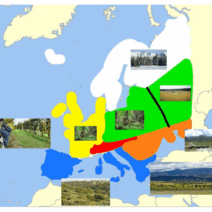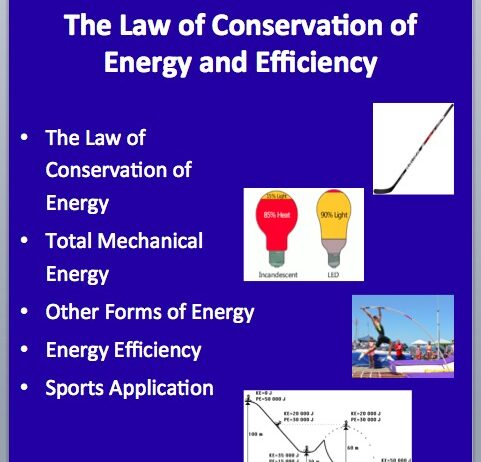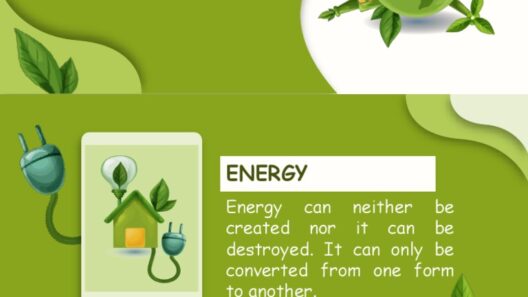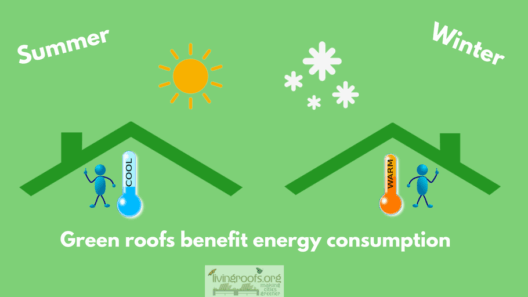The Law of Conservation of Energy is a fundamental principle in physics that states energy cannot be created or destroyed, only transformed from one form to another. This principle plays a pivotal role in understanding fuel efficiency in vehicles, a concept that not only affects individual car owners but also has profound implications for the environment and climate change. But how exactly does this law apply to cars? And what are the challenges we face in optimizing fuel efficiency? Let’s unravel the myriad facets of this critical topic.
At its core, when we talk about cars, we are discussing complex machines that convert energy from fuel into kinetic energy, allowing us to traverse vast distances. The most common fuel source, gasoline, undergoes a chemical reaction in the engine, which releases energy. This energy is then transformed into mechanical energy, powering the vehicle’s movement. However, not all of the energy from the fuel will effectively convert into motion; some is invariably lost through inefficiencies, a concept known as energy loss.
Consider for a moment: when you drive, do you ever think about how much of the gasoline you burn actually contributes to moving the car forward? This playful question leads us into the heart of the matter: fuel efficiency, which encapsulates how much distance a vehicle can travel per unit of fuel consumed. Understanding this becomes crucial in the context of energy conservation.
One of the primary factors affecting fuel efficiency stems from the vehicle’s design and aerodynamics. A sleek, streamlined car reduces drag, allowing it to move through the air more freely, and therefore necessitating less energy to maintain speed. Conversely, vehicles with more aerodynamic resistance require additional energy to overcome this barrier, resulting in higher fuel consumption. Hence, the energy lost to drag is a significant component of total energy expenditure in vehicles. Innovating designs—such as incorporating lighter materials or optimizing body shapes—can lead to more efficient energy transformations, thus enhancing fuel efficiency.
Another critical factor involves the combustion process itself. Internal combustion engines are notorious for their inefficiencies, often converting only about 20% of fuel energy into usable power. Much of the energy is dissipated as heat during combustion and through various engine components. This inefficiency not only affects the fuel economy but also contributes to greenhouse gas emissions. Consequently, numerous manufacturers are pivoting towards hybrid or fully electric vehicles, which utilize the Law of Conservation of Energy in more refined ways, mitigating energy loss and optimizing performance.
Electric vehicles (EVs) exemplify how the principles of energy conservation can innovate transportation. Rather than relying on the combustion of fossil fuels, EVs convert stored electrical energy into kinetic energy with far greater efficiency. The regenerative braking system employed by many electric vehicles captures energy typically lost during deceleration, transforming it back into stored energy within the battery. Here again, we see a practical implementation of the Law of Conservation of Energy in modern technology, reducing waste and improving the overall efficiency of energy usage.
Alternative fuels also merit consideration in this discussion. Biodiesel, ethanol, and hydrogen fuel cells represent avenues that may offer greater energy efficiency and lower emissions than traditional fossil fuels. Each of these options hinges on the same fundamental law of energy conversion, emphasizing efficient pathways for harnessing energy. For instance, when biodiesel is produced from vegetable oil, the energy used in cultivation and processing comes into play, raising questions about the net energy gain. Are we truly improving our energy conservation by switching fuels, or are we simply shifting the burden elsewhere in the energy landscape?
Moreover, driving behavior significantly influences fuel efficiency. Aggressive acceleration and sudden braking can drastically decrease a vehicle’s miles per gallon (MPG) rating. This phenomenon results from the fact that more energy is expended than necessary to maintain a steady speed, again highlighting the importance of energy management. Here lies a challenge—how can drivers be educated and encouraged to adopt more efficient driving habits? An intriguing aspect of this is the advent of smart technology, which can provide real-time feedback to drivers, helping them make data-driven decisions that optimize their energy usage.
Consumer education is vital in the quest for improved fuel efficiency. By understanding how the Law of Conservation of Energy applies to their vehicles, consumers can make informed choices when purchasing cars, opting for those with better fuel economy ratings or exploring alternative energy vehicles. Government policies also play a critical role, incentivizing greener technologies and penalizing inefficient practices through tax breaks and emissions standards. However, as beneficial as these policies may be, they often exist alongside economic challenges, and striking a balance between environmental goals and economic feasibility remains a formidable task.
In conclusion, the Law of Conservation of Energy is deeply intertwined with the mechanics of car efficiency and environmental considerations. As we advance technologically, understanding and applying this law becomes increasingly essential in the automotive industry. From optimizing vehicle designs to embracing alternative fuels and refining driver behaviors, the potential to improve fuel efficiency is immense. However, the challenges associated with consumer habits, technological development, and legislative frameworks demand ongoing attention and innovation. The road ahead may be complex, but embracing the principles of energy conservation will undoubtedly lead to more sustainable transportation solutions in our efforts to combat climate change.








